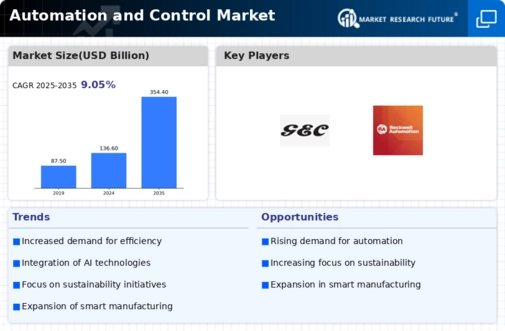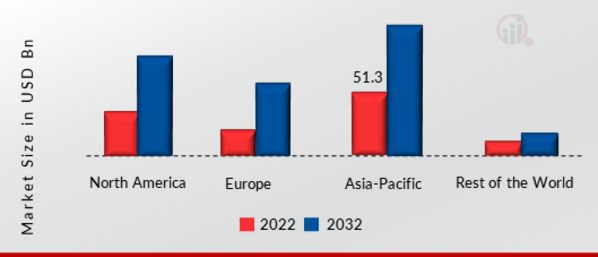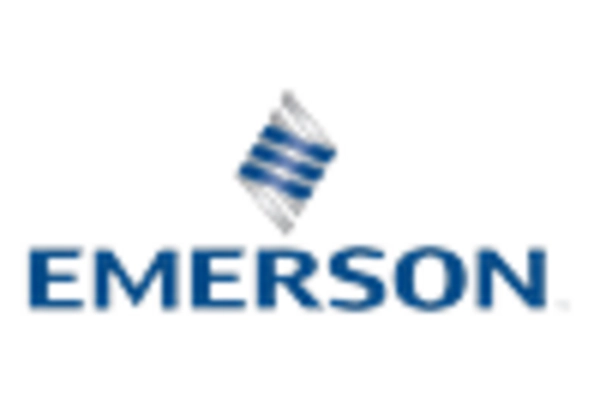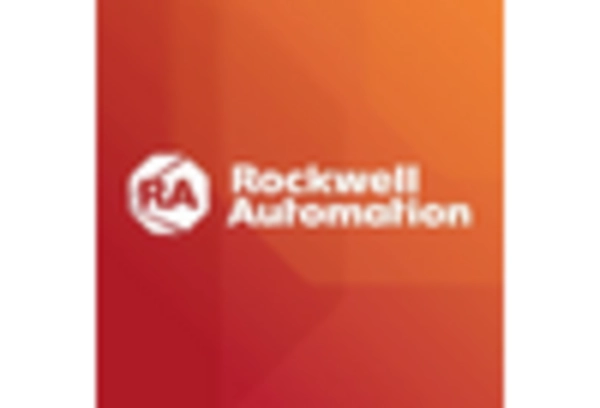Leading market players are investing heavily in innovation and research & development in Automation systems to increase productivity and minimize labor expenses, which will help the Automation and Control market expand. Market players are also undertaking a strategic approach to expand their worldwide presence, with important market developments including digitalization, mergers and acquisitions, higher investments, transformation, and strategic alliances with other organizations. The Automation and Control industry must improve manufacturing processes and boost productivity to survive and grow in a highly fragmented market.
Manufacturing locally to drop costs incurred during production is one of the key business tactics organizations use in the global Automation and Control industry to increase the quantity and fulfill the market demand. The Automation and Control industry has recently offered significant advantages to advanced technological developments. Major Automation and Control market players, including ABB Group, Bosch Rexroth AG, Emerson Electric Co., Fanuc Corporation, General Electric Company, Honeywell International Inc., KUKA AG, and others, are attempting to cater to market share by investing in automated developments.
ABB is a pioneer in developing power and automation solutions to help business clients increase productivity while reducing environmental impact. Power Items and Systems, Low Voltage Products, and Process Automation are divisions of ABB Group. ABB operations worldwide are trying to provide innovative solutions that increase competitiveness while minimizing environmental effects. Sustainability is essential to all aspects of ABB's operations, just as a technology. The ABB Group tries to balance and incorporate environmental and economic goals.
In July 2022, Red Hat and ABB partnered to improve the flexibility and speed of supporting the industry's enterprise platforms and application services built on Red Hat Enterprise Linux using ABB's process automation software. Additionally, this relationship enables Red Hat OpenShift and automated software microservices and virtualization to give improved simplicity of hardware deployment.
Rockwell Automation Inc. (Rockwell) Industrial automation power provides integrated designed packages and panels, midrange architectural systems, consultancy, front-end engineering and design, integration services, and on-machine solutions. Its offerings span drive systems, machine and equipment builders, process solutions, linked and maintenance services, and sustainable production. It also offers connected enterprise solutions. In October 2022, Industrial data software, Cognito, partnered with Rockwell Automation, Inc. Following this partnership, Cognito Data Fusion®, the Industrial DataOps platform, and Rockwell's FactoryTalk® software suite connectivity to industry-tailored analytics and operations management applications will be combined to create an industrial data hub ready for organization scaling.

















Leave a Comment